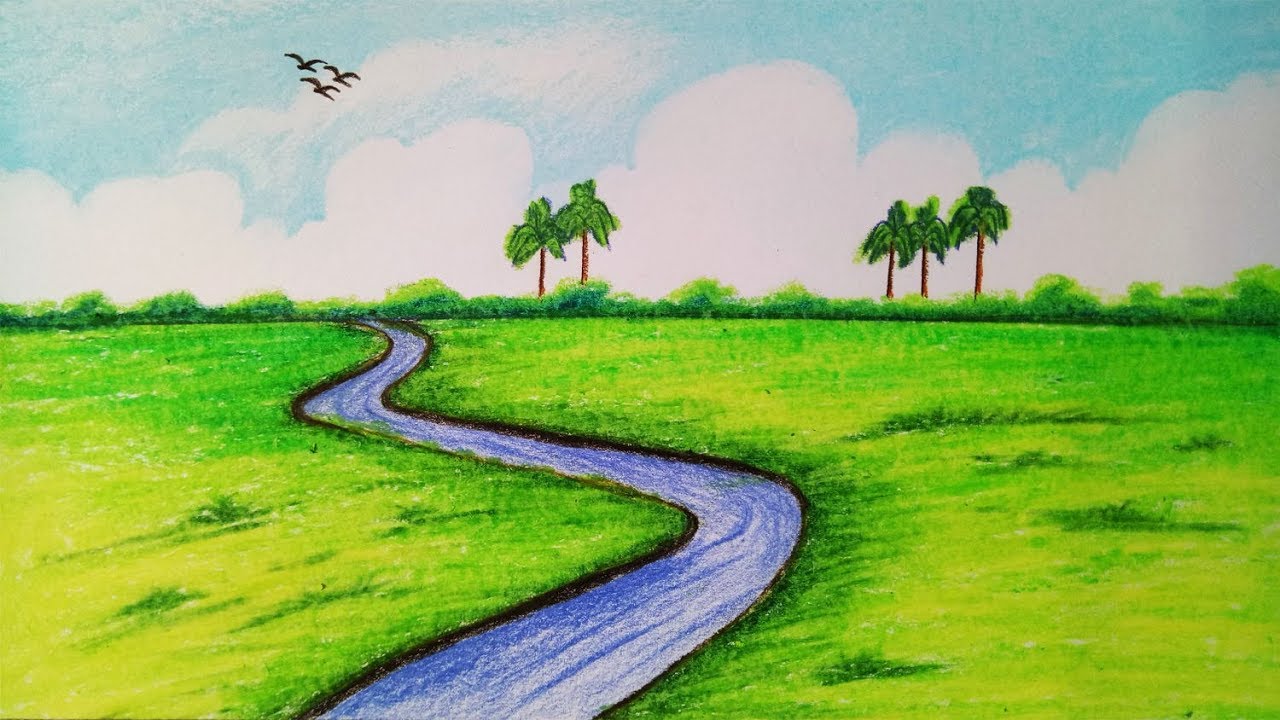How to teach drawing with pictures
Table of Contents
Table of Contents
If you’ve ever wanted to learn how to teach drawing for beginners, you’re not alone. Drawing is a fun and creative activity that can be enjoyed by people of all ages. Whether you’re a parent looking to teach your child how to draw, or an art teacher searching for new techniques to share with your students, this post will provide you with the tips and tricks you need to get started.
Common Challenges When Teaching Drawing for Beginners
Many people find it difficult to know where to begin when teaching someone how to draw. Others may feel like they lack the necessary skills to effectively teach drawing. It can also be challenging to keep beginners motivated and engaged, especially when they become frustrated with their progress.
Answering the Target of How to Teach Drawing for Beginners
The key to teaching drawing for beginners is to start with the basics. Begin by teaching them how to hold and use their pencil, and then introduce them to different types of lines, shapes, and shading techniques. It’s important to be patient with beginners and to encourage them to keep practicing, even if they become discouraged at times.
Summarizing the Main Points of How to Teach Drawing for Beginners
To succeed at teaching drawing for beginners, it’s important to start with the basics, be patient, and keep your students motivated. Encourage them to practice often and provide them with opportunities to experiment with different techniques and materials. By following these tips, you’ll be able to help even the most inexperienced artists learn how to draw.
Using Personal Experiences to Teach Drawing for Beginners
When I was first learning how to draw, I struggled with the basics of holding and controlling my pencil. It wasn’t until I started practicing regularly and experimenting with different shading techniques that I truly began to improve. I found that drawing simple shapes and objects helped me to build my skills and gain confidence. As I progressed, I began to tackle more complex subjects and techniques.
When teaching drawing for beginners, I like to start by having my students practice drawing simple shapes, like circles and squares. I encourage them to experiment with different shading techniques and to practice regularly. As they become more comfortable with the basics, I gradually introduce more complex subjects and techniques.
Teaching Different Drawing Techniques to Beginners
Once beginners have mastered the basics of drawing, it’s important to introduce them to different techniques and materials. Some beginners may be interested in learning how to draw with charcoal or pen and ink, while others may prefer to stick with pencils and paper.
Experimenting with Different Materials and Techniques
When introducing new materials and techniques to beginners, it’s important to provide them with plenty of opportunities to experiment and explore. Encourage them to try different materials, like colored pencils or pastels, and to experiment with different techniques, like crosshatching or stippling. By providing them with a variety of tools and techniques to choose from, you can help them to discover their own unique style and preferences.
Exploring Advanced Techniques with Beginners
As beginners become more comfortable with drawing and gain more experience, it’s important to continue pushing them to explore new techniques and mediums. Encourage them to experiment with advanced techniques, like perspective drawing or portraiture. Provide them with constructive feedback and help them to identify areas where they can improve.
Question and Answer Section on How to Teach Drawing for Beginners
Q: How can I keep beginners motivated?
A: Keeping beginners motivated can be challenging, especially if they become frustrated with their progress. Try to provide positive feedback and encouragement, and remind them that learning to draw takes time and practice. It can also be helpful to provide them with plenty of opportunities to experiment with different materials and techniques.
Q: How can I help beginners improve their skills?
A: To help beginners improve their skills, it’s important to provide them with constructive feedback, identify areas where they can improve, and provide them with plenty of opportunities to practice. Encourage them to experiment with different techniques and materials and to seek inspiration from other artists and art styles.
Q: What are some common mistakes that beginners make when learning to draw?
A: Some common mistakes that beginners make when learning to draw include using too much pressure with their pencil, using the wrong type of paper, and not taking the time to properly study their subject. Encourage beginners to pay close attention to their technique and to take their time when drawing.
Q: How can I make sure beginners are developing good habits when learning to draw?
A: To ensure that beginners are developing good habits when learning to draw, it’s important to emphasize the basics, like proper pencil grip and posture. Encourage them to take frequent breaks and to practice drawing regularly. Provide them with constructive feedback and help them to identify areas where they can improve.
Conclusion of How to Teach Drawing for Beginners
Teaching drawing for beginners can be a rewarding and fulfilling experience, but it can also present its fair share of challenges. By starting with the basics, being patient, and encouraging your students to practice often, you can help beginners to develop their skills and gain confidence in their abilities. Remember to provide them with plenty of opportunities to experiment with different techniques and materials, and to keep pushing them to explore new subjects and styles.
Gallery
How To Teach Drawing (with Pictures) - WikiHow

Photo Credit by: bing.com /
How To Teach Drawing (with Pictures) - WikiHow

Photo Credit by: bing.com / drawing teach extra earn money wikihow step
Pin On Draw

Photo Credit by: bing.com /
How To Teach Drawing (with Pictures) - WikiHow

Photo Credit by: bing.com / teach drawing wikihow
How To Teach Drawing (with Pictures) - WikiHow

Photo Credit by: bing.com /






